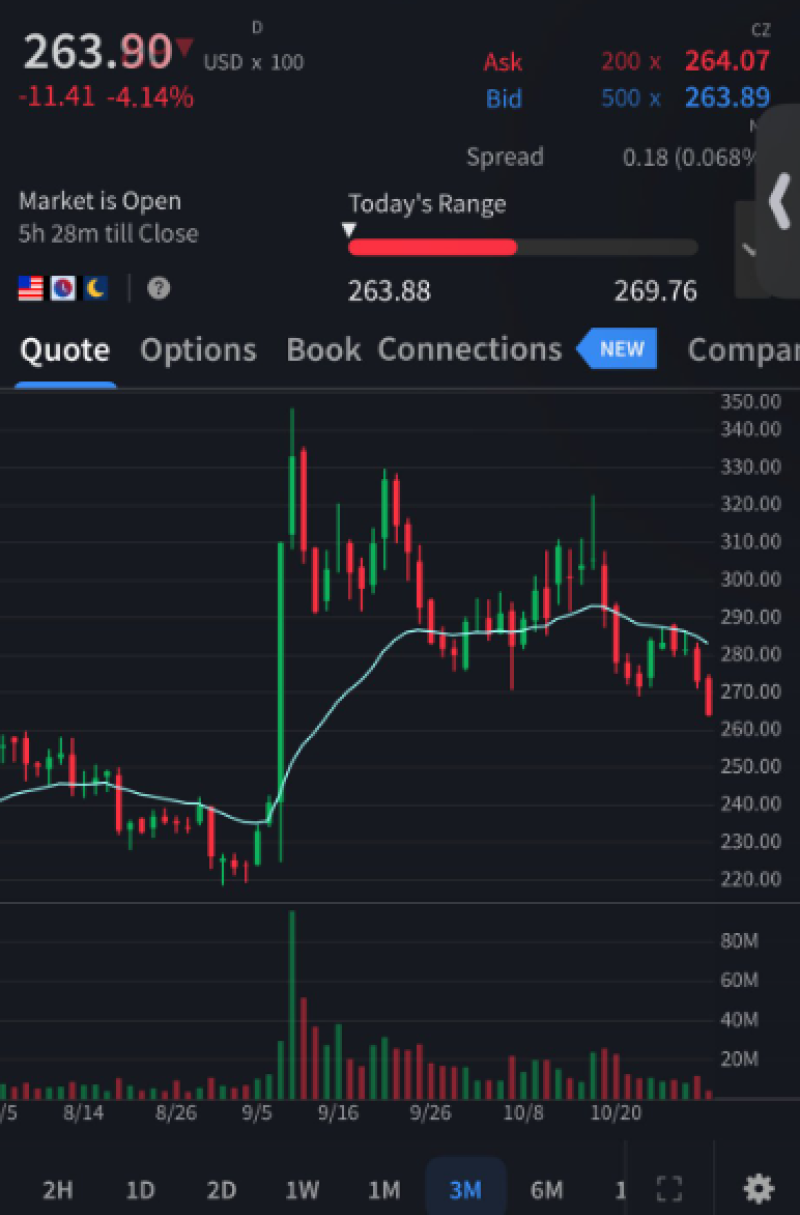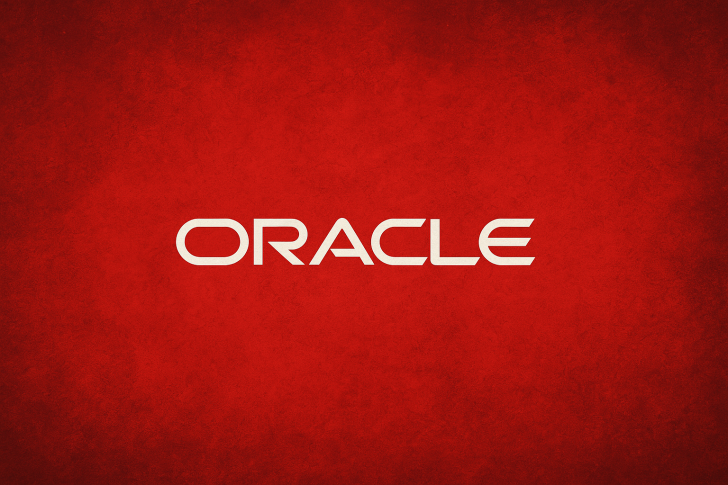The AI hype train that lifted Oracle earlier this year seems to have left the station—without the stock on board. After surging on news of its OpenAI partnership, Oracle (NYSE: ORCL) is now giving back nearly all those gains, falling more than 18% from its September peak. What looked like a breakthrough moment has turned into a cautionary tale about betting on headlines rather than hard numbers.
The Rally That Vanished
Oracle's stock jumped from around $230 to nearly $330 in early September after announcing its partnership with OpenAI. The market loved the story—for about a month. But since mid-September, the rally has completely collapsed. Now trading at $263.90, the stock has retraced almost the entire AI-driven move, leaving investors wondering what happened.
The answer? Hype only takes you so far. Without fresh news or tangible revenue tied to AI initiatives, Oracle couldn't hold onto those gains. The tweet from Capital Misallocation captures the mood perfectly: investors are tired of waiting for substance behind the story.

Key Technical Levels:
- Current Price: $263.90 (down 4.14%)
- Immediate Support: Around $260
- Next Support if $260 breaks: $245
- Resistance Zone: $285–$290
- Trend: Short-term bearish with fading momentum
Volume has dried up since the September spike, suggesting big investors have moved on. If Oracle breaks below $260, the next stop could be $245—right back where it was before the rally even started.
Why the AI Story Lost Steam
Oracle isn't alone in this. The whole AI trade has cooled off as investors demand real earnings growth instead of promises. Rising Treasury yields and tighter liquidity haven't helped either, making speculative tech plays less attractive across the board.
For Oracle to turn things around, bulls need to defend $260 and push the stock back above $275. If that happens, there's a chance it could retest $290. But if support gives way, we're looking at a full round-trip back to $245–$250.
Long-term, Oracle still has solid cloud growth and strong enterprise demand. But right now, the market is sending a clear message: show us the results, not just the headlines.
 Peter Smith
Peter Smith

 Peter Smith
Peter Smith


